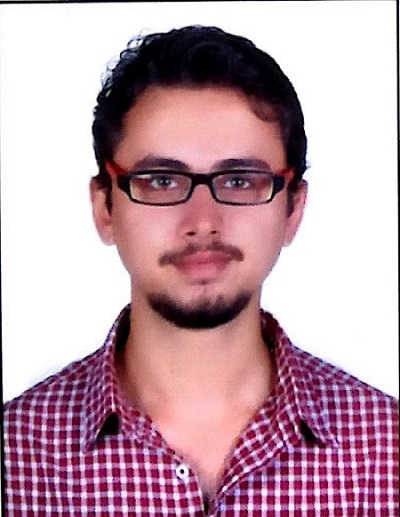Course abstract
I. Numerical Analysis
Approximations and round off errors, Truncation errors and Taylor Series, Determination of roots of polynomials and transcendental equations by Newton-Raphson, Secant and Bairstow's method.
Solutions of linear simultaneous linear algebraic equations by Gauss Elimination and Gauss- Siedel iteration methods.
Curve fitting- linear and nonlinear regression analysis.
Backward, Forward and Central difference relations and their uses in Numerical differentiation and integration, Application t of difference relations in the solution of partial differential equations.
Numerical solution of ordinary differential equations by Euler, Modified Euler, Runge-Kutta and Predictor-Corrector method.
II. Computer Programming
Introduction to computer programming in C and C++ languages. Arithmetic expressions, Simple programs. The emphasis should be more on programming techniques rather than the language itself. The C programming language is being chosen mainly because of the availability of the compilers, books and other reference materials.
Example of some simple C program. Dissection of the program line by line.
Concepts of variables, program statements and function calls from the library (printf for example)
C data types, int, char, float etc.
C expressions, arithmetic operations, relational and logic operations.
C assignment statements, extension of assignment to the operations. C primitive input output using getchar and putchar, exposure to the scant and printf functions.
C statements, conditional execution using if, else. Optionally switch and break statements may be mentioned.
Concepts of loops, example of loops in C using for, while and do-while.
Optionally continue may be mentioned.
One dimensional arrays and example of iterative programs using arrays, 2-d arrays. Use in matrix computations.
Concept of Sub-programming, functions. Example of functions. Argument passing mainly for the simple variables.
Pointers, relationship between arrays and pointers. Argument passing using pointers.
Array of pointers, Passing arrays as arguments.
Strings and C string library.
Structure and unions. Defining C structures, passing structures as arguments.
Program examples.
File I/O. Use of fopen, fscanf and fprintf routines.
Lab
Development of computer program for
• Numerical integration by Trapezoidal and Simpson's rule.
• Gauss-Siedel iteration method
• Various matrix operation-and their use as sub-routines
Suggested Text Books & References.
• Shastry, S.S., "Numerical Methods", Prentice Hall Inc., India, 1998.
• Noble Ben, "Numerical Methods", New York International Publications, New York, 1964.
• Stanton Ralph G., "Numerical Methods for Engineering", Englewood cliffs, N.J., Prentice Hall Inc., 1961.
• Buckingham R.A., "Numerical Methods", Sir Isaac Pitman Sons. Ltd., London, 1957.
• Bakhvalov, N .S., "Numerical Methods", Mir. Pub., Moscow, 1977.
• Grewal, B.S., "Numerical Methods", Khanna Pub., New Delhi, 1998.
• Sudhit Kaicker, "The Complete ANSI C", BPB Publications, New Delhi, 1996.
• Kernighan, B. W. and D .M. Ritchie, "The C Programming Language", Prentice Hall of India, 1998.
• Byron, S. Gottfreid, "Programming with C", Tata McGraw Hill, 2nd edition 1998.
Course Instructor

Prof. P.B. Sunil Kumar
Prof. P.B. Sunil Kumar studied at University of calicut (M.Sc) and Raman Research Institute,Bangalore University (PhD). He has been a faculty member in the Department of Physics, IIT Madras since 1999 and is currently a Professor.More info
Teaching Assistant(s)
No teaching assistant data available for this course yetCourse Duration : Feb-May 2015
View Course
Syllabus
Enrollment : 09-Feb-2015 to 05-May-2015
Exam registration : 03-Mar-2015 to 08-Apr-2015
Exam Date : 10-May-2015, 17-May-2015
Exam Conducted cities for 10-May-2015
Exam Conducted cities for 17-May-2015
Enrolled
2775
Registered
87
Certificate Eligible
36
Certified Category Count
Gold
0
Elite
0
Successfully completed
4
Participation
32
Exam score
Final score
.jpg)
.jpg)
.jpg)

